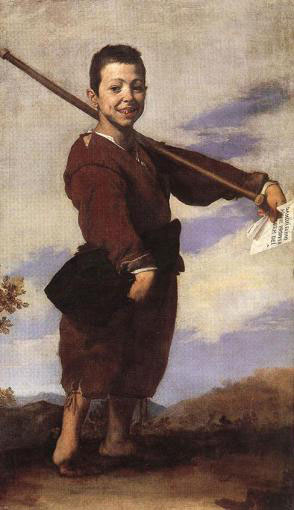Louis La Caze (1798-1869) might not be a household name, but he was one of the most exceptionally perceptive and generous art collectors of his time. On his death, he left no fewer than 583 paintings to the Louvre, including Frans Hals’s alluring La Bohemienne, Rembrandt’s moody and reflective Bathsheba, Watteau’s unsettlingly monumental portrait of an awkward clown, Gilles, and a host of other masterpieces. The La Caze bequest remains, by some distance, the single most significant donation in the history of
La Caze’s achievements as a collector were second only to those of his exact contemporary, the Fourth Marquess of Hertford, whose enormous range of acquisitions – extending beyond painting to the decorative arts, to gold and silverware, to arms and armour and much more besides – still forms the backbone of the magnificent Wallace Collection, at Hertford House in
“Masterpieces from the Louvre: The Collection of Louis La Caze”, is a considerably smaller version of “La Collection La Caze”, which was originally shown at the Louvre itself between April and July...


